
The health facilities in the districts include traditional healing facilities, hospital and maternity home/clinic.
Traditional Healing Facilities
Traditional healing facilities are available in all the districts in proportions ranging from 90.9 per cent to 100 per cent of communities in the districts. On average, the distance to the nearest traditional healing facilities is under 1 kilometre, with the maximum distance ranging from less than 1 kilometre for AMA to 10.0 kilometres in Ga. Notwithstanding the relatively better but unevenly distributed orthodox medical facilities in Greater Accra, traditional healing facilities also play a very important role in health care delivery in the region, particularly in the rural districts. As has been stated, hardly any locality is without a traditional healing facility within a 10 kilometre radius.
The regional population to traditional healer of 2,407 is much higher than the national average of 953 to one healer. The rural districts of Dangme East and West, however, have ratios far below the national average, indicating their reliance on this source of health care delivery in the absence of adequate allopathic medical facilities such as hospitals and clinics. In Dangme West for example, the maximum distance from a locality to a hospital is 49 kilometres while the maximum distance from a locality to a traditional healing facility is 4 kilometres.
Hospital
There are hospitals located within all communities in the AMA and in 14.9 per cent of communities in Tema. On the other hand, hospitals are not available in Dangme West and Dangme East. For instance, the maximum distance to the nearest hospital in Dangme West is 49 kilometres. Of the 2008 doctors nationwide, over 50 per cent (53.9%) live and work in Greater Accra, the population of which is only 15.4 per cent of the country’s total population. Greater Accra has a total of 1082 doctors, 864 of whom are in the public sector (Ministry of Health and Ghana Medical Association, 2003). This is about the same as the number of traditional healers (1,207).
The population per doctor for Greater Accra is 2,686, far better than the national average of 1 doctor to 9,418 people. This is however deceptive in terms of the spread and availability in the region, because 991 (94%) of the 1082 doctors are in the Accra metropolis, with another 83 (7.7%) in the Tema municipality. Ga, Dangme East and West, between them, share only 8 doctors. Of the 991 doctors in the Accra metropolis, 483 (48.7%) work in the Korle-Bu Teaching Hospital while another 116 (11.7%) are in the Military Hospital.
If one takes into consideration the substantial numbers working in other major hospitals such as the Police, the Trust, the Psychiatric and the Ridge Hospitals, as well as those in private practice, this leaves relatively few doctors to serve the rest of the city, the metropolitan area, and the region as a whole.
Indeed, outside of Accra, the population to doctor ratio is worse than some of the most rural districts in the country. This contrasts sharply with the traditional healers, who are within easy reach in all the districts. In planning for the health needs of the region, therefore, there is the need for traditional healers to be properly organized, trained and their talents and services properly coordinated as an officially recognized, integral part of the health care delivery system, with its own peculiar and fully recognized needs and competence, and not as a poor appendage of orthodox medical practice.
Maternity Home/Clinic
With the exception of AMA, the proportion of communities where clinics are available is much higher than that of hospitals. This ranges from 2.9 per cent of communities in Dangme East to 98.9 per cent in AMA. For communities that do not have clinics, the distance to a clinic can be as far as 75.0 kilometres for some communities in Dangme West. On average, the distance to the nearest maternity home/clinic in Ga is about 9 kilometres
Date Created : 11/29/2017 3:56:10 AM


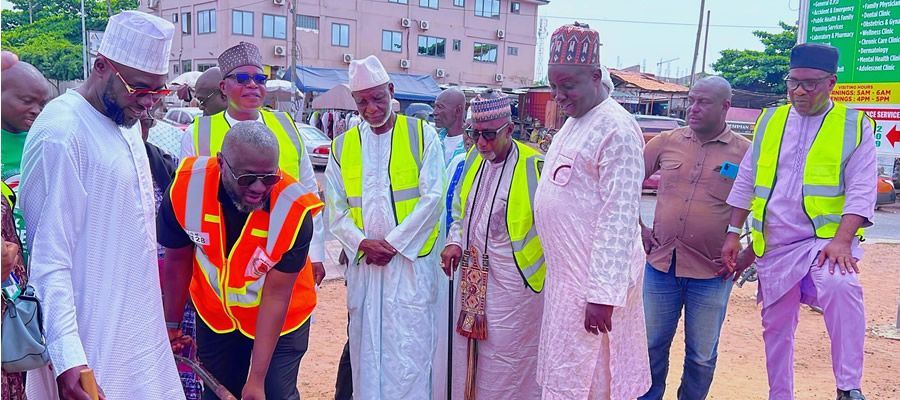
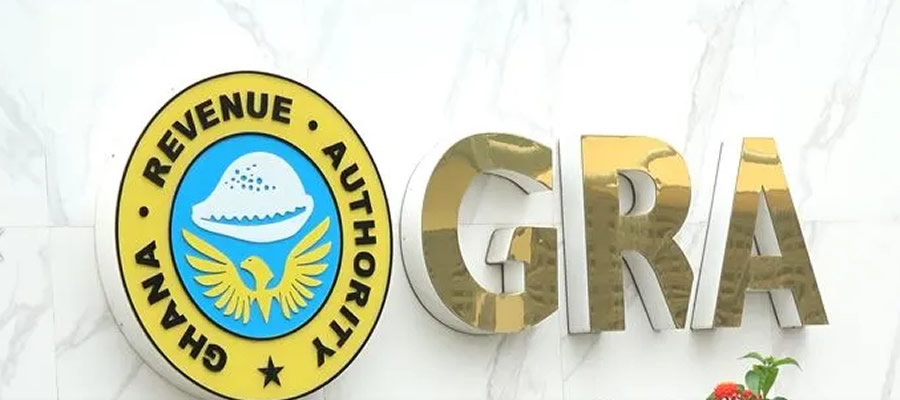
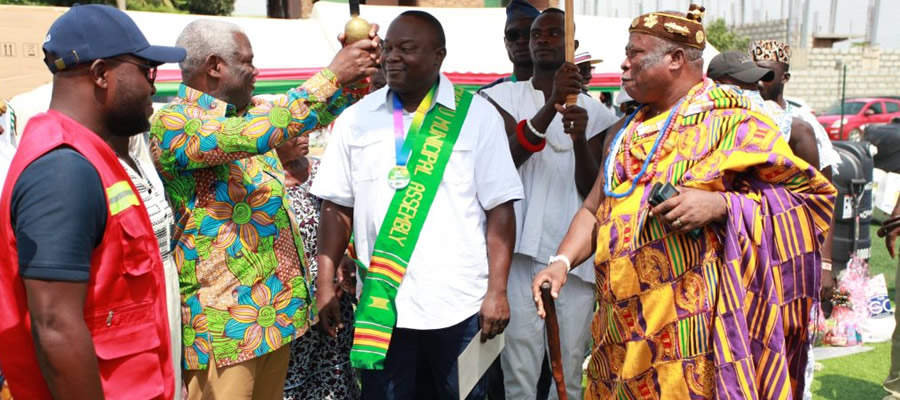

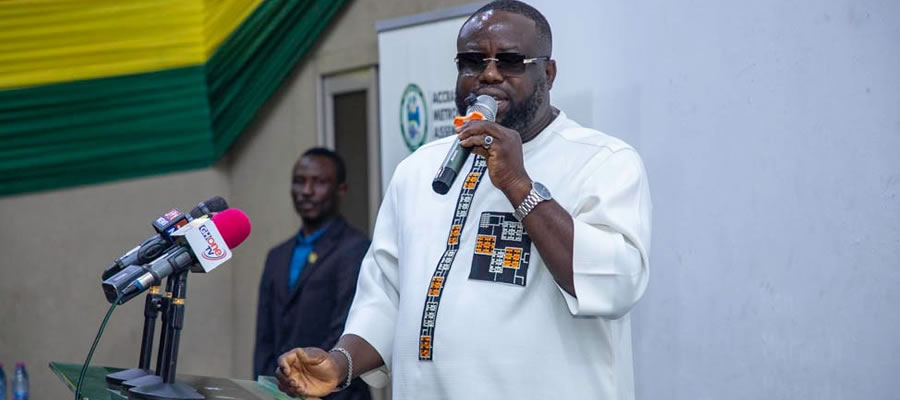
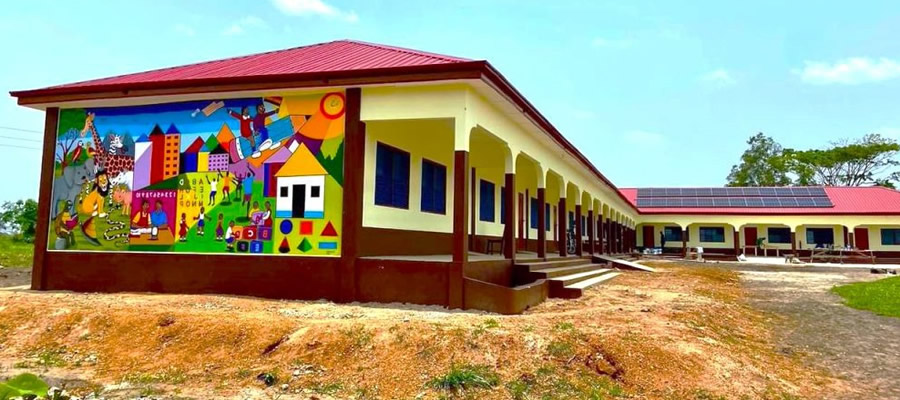




 facebook
facebook
 twitter
twitter
 Youtube
Youtube
 +233 593 831 280
+233 593 831 280 0800 430 430
0800 430 430 GPS: GE-231-4383
GPS: GE-231-4383 info@ghanadistricts.com
info@ghanadistricts.com Box GP1044, Accra, Ghana
Box GP1044, Accra, Ghana